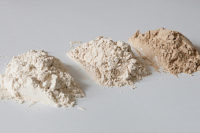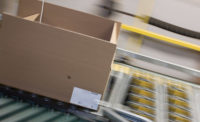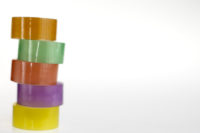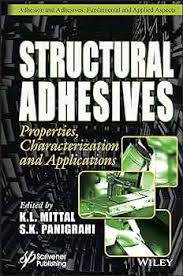Case Study: Conveying a New Hot-Melt Adhesive Solution
A new vacuum system was created for Jowat Adhesives to meet strenuous production requirements.

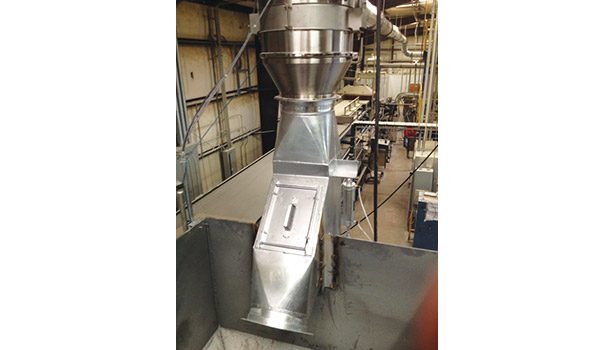




Jowat Adhesives is no stranger to product innovation. As a leading global supplier of adhesives, shipping more than 75,000 tons of product annually, it continually invents new formulations to meet the bonding requirements of its customers in the paper and packaging, wood processing, furniture manufacturing, textile, automotive, building, and graphic arts industries. More than one-third of its products producing the highest sales are at a maximum of three years old. Not surprisingly, Jowat also developed the transport method of its hot-melt adhesives from production line to the packaging operation in its North Carolina production facility.
Jowat had successfully transported its packaging hot-melt adhesives under vacuum for several years, despite some customers’ dubious opinions about the process. The packaging hot-melt chips are shaped such that they have a flat side with a cone at that top, similar to droplets. Many in the industry think that this flat side causes restriction in vacuum conveying.
Not so, according to Mike Kuhn, Jowat plant engineer. “We had successfully used vacuum conveying for this product line, but we needed to upgrade our line to improve productivity,” he said. “Our system was not as efficient as we would like, and we felt we could certainly increase the rate of transport.”
The line for this adhesive processes more than 5,000 tons annually. Jowat needed a conveying system to move its product from the production line on the lower level of the production facility to an upper level where the product was put into the bulk bags, super sacks or 33-44 lb bags used for customer shipments. This represented a transport distance of 30-45 linear ft and up another 25 ft to clear the various packaging containers. Enter Volkmann and its pneumatic conveying system, the VS450.
System Details
Volkmann manufactures vacuum conveying systems that use high vacuum rated pumps. These systems are able to transport material with a higher negative pressure than alternative pump technologies, pulling up to 28 in. Hg of vacuum. As a result of this high negative pressure, the Volkmann vacuum system could easily and quickly draw Jowat’s irregularly shaped glue chips through the conveying pipeline and do so without damaging the chips.
“We specified the VS450, our largest receiver to meet the Jowat conveying requirements,” said Nick Hayes, president of Volkmann Inc. “This equipment has successfully transported powders, granulates and tablets at rates up to 8 tons/hr.”
After installation of the new system and identification of the best patented quick exchange (QX) filter to cope with the unusual properties of an adhesive, all went well in production. The Volkmann unit performed flawlessly, and productivity was up.
The VS450 uses a cyclic “convey-discharge-filter clean-convey” over a 20-sec cycle time and was designed for 500,000 cycles. Running 20 hours a day and seven days a week, the unit reached its initial design limit after four months of operation at Jowat and had a fatigue-related valve failure as a result of the continual loading and unloading operation.
Even though the expected life had been exceeded, this failure was unacceptable to Volkmann engineers, who went back to the drawing board to design a valve that could handle the level of production at Jowat on a day-in, day-out basis. They created a solution to the problem and engineered a new damper design, which smoothed the valve operation and eliminated the excessive stresses to replace the one worn out at the Jowat facility. This part was quickly factory tested and installed at Jowat in a live production environment. That was almost two years (or just shy of 3 million cycles) ago.
“Not only did Volkmann improve our production, they were quick to react to the fatigue situation and developed a solution that has kept us going strong and at no cost to us,” Kuhn said.
For more information, visit www.volkmannusa.com. Jowat’s website is located at www.jowat.com.
Looking for a reprint of this article?
From high-res PDFs to custom plaques, order your copy today!



